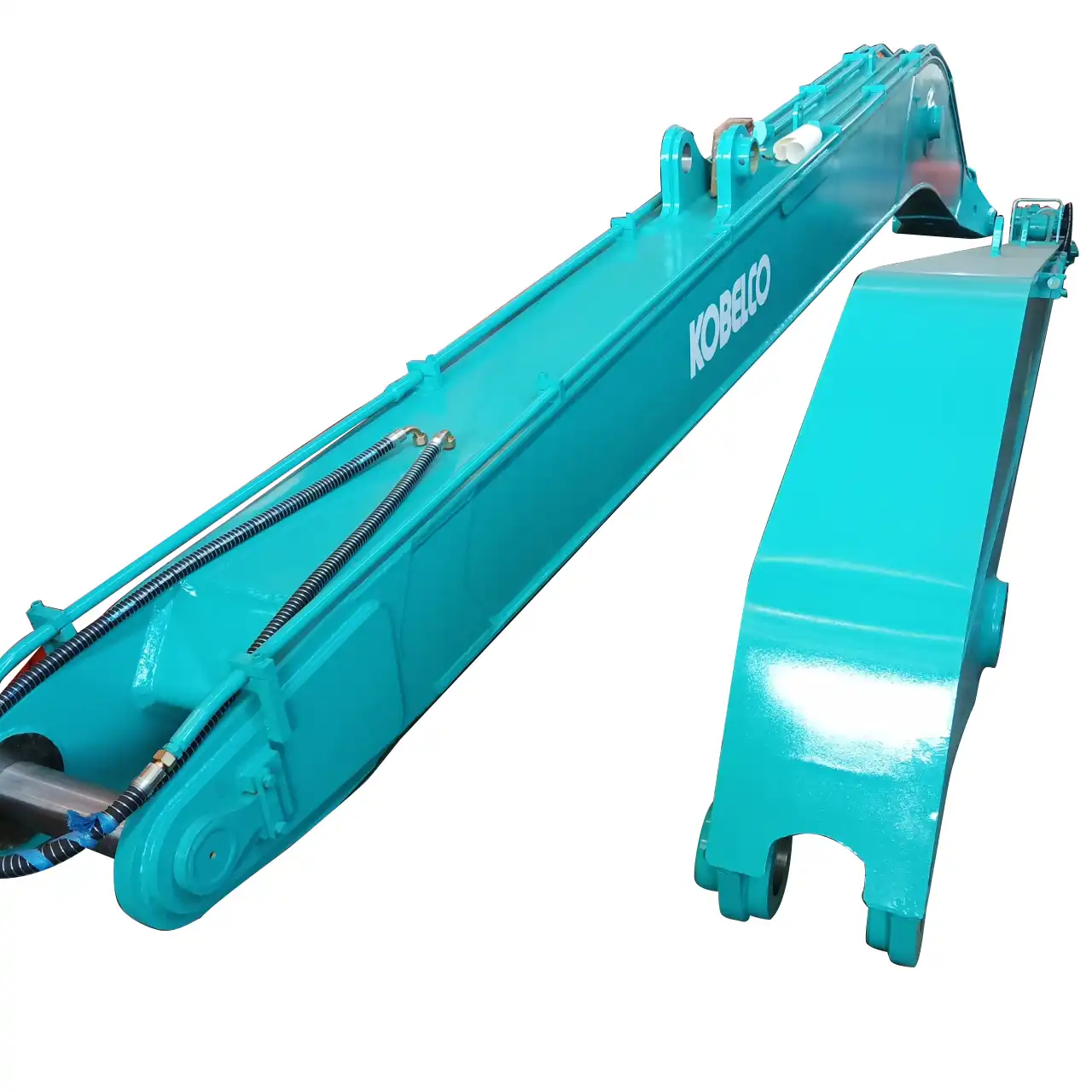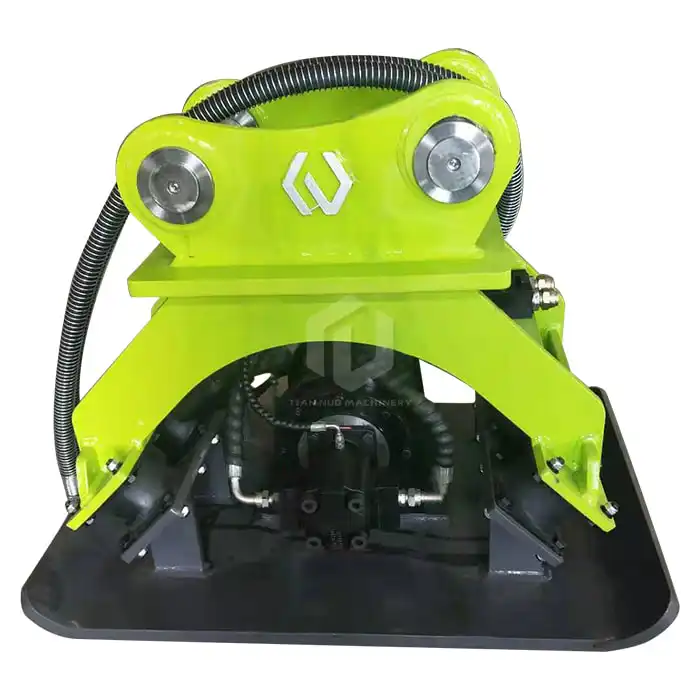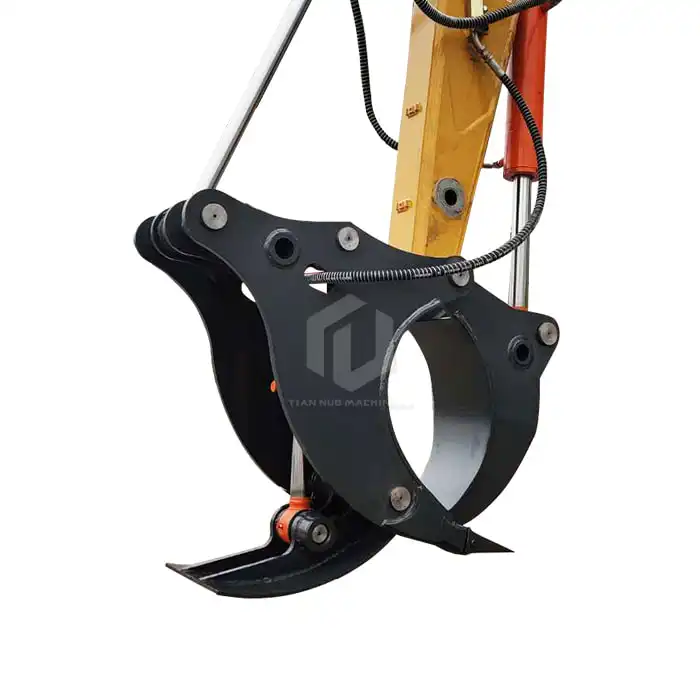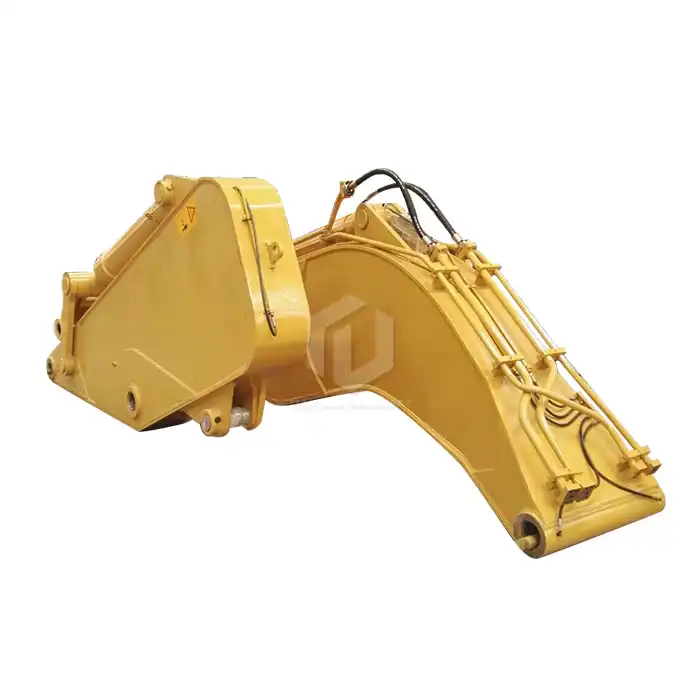Excavator Sleeper Clamp Applicable Track Gauge
Railway maintenance professionals understand that selecting the appropriate excavator sleeper clamp for specific track gauge requirements is crucial for operational efficiency and project success. The versatility of modern sleeper clamps to adapt to various track gauges represents a significant advancement in railway maintenance technology. Tiannuo Machinery's TNHZJ75 sleeper clamp model exemplifies this versatility, accommodating multiple international standard gauges including 1000mm, 1067mm, 1435mm (standard gauge), and 1520mm (broad gauge). This adaptability eliminates the need for separate specialized equipment for each gauge standard, reducing equipment inventory requirements and simplifying logistics for maintenance contractors operating across diverse railway networks. The precision-engineered clamp systems ensure secure handling of sleepers while maintaining the structural integrity of railway components, regardless of the track gauge being serviced. This comprehensive compatibility makes the TNHZJ75 an indispensable tool for railway maintenance teams working across multiple railway systems or international projects with varying gauge standards.
What track gauges can sleeper clamps accommodate?
Modern sleeper clamps like the TNHZJ75 model are designed to work with multiple track gauges including:
- 1000mm (Cape gauge variations)
- 1067mm (Cape gauge)
- 1435mm (Standard gauge)
- 1520mm (Russian gauge)
These versatile attachments feature adjustable positioning mechanisms that allow maintenance teams to reconfigure the equipment for different railway systems without requiring separate specialized tools for each gauge standard.
1000mm And 1067mm Track Gauges
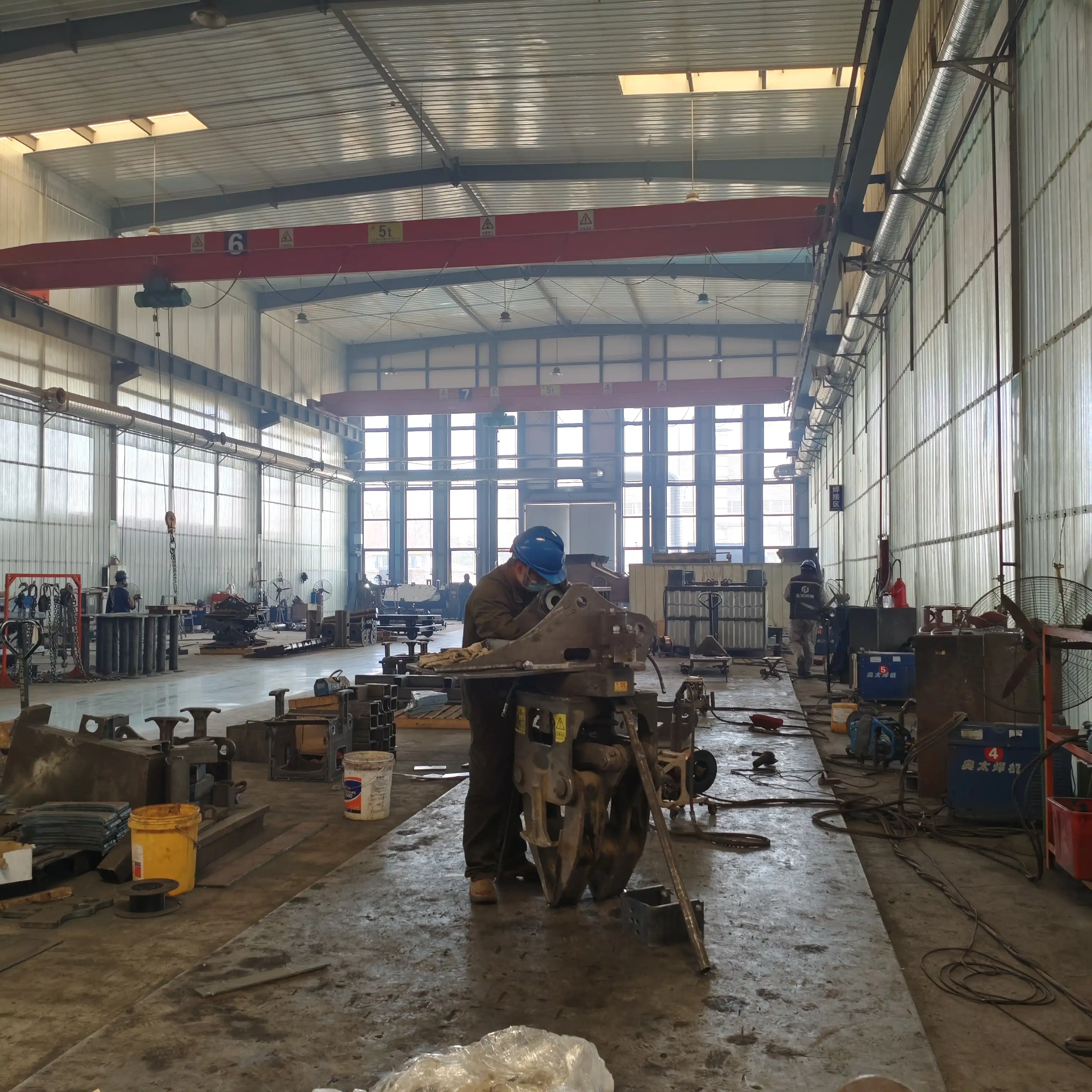
Historical Context and Global Distribution
The 1000mm and 1067mm track gauges represent important narrow-gauge standards utilized across various regions globally. The 1067mm gauge, commonly known as Cape gauge, originated in Norway but gained widespread adoption throughout Japan, South Africa, New Zealand, and parts of Australia. Meanwhile, the 1000mm gauge finds application predominantly in Southeast Asia, parts of South America, and several African nations. These narrow-gauge systems present unique maintenance challenges that require specialized equipment adaptations. The excavator sleeper clamp equipment configurations for these gauges must accommodate the reduced distance between rails while maintaining operational precision during sleeper replacement procedures.
Engineering Adaptations for Narrow Gauges
Maintaining railway infrastructure with 1000mm and 1067mm track gauges necessitates specific engineering considerations in sleeper clamp design. The reduced distance between rails requires compact clamp geometries that can effectively operate within constrained spaces. Tiannuo's sleeper clamp systems incorporate adjustable spacing mechanisms that precisely calibrate to these narrow-gauge specifications. The hydraulic components undergo reconfiguration to optimize gripping pressure distribution appropriate for the sleeper dimensions typically utilized with these gauge standards. This precision engineering ensures that maintenance operations proceed efficiently without compromising the structural integrity of surrounding track components.
Operational Considerations in Narrow-Gauge Environments
Railway maintenance teams working on 1000mm and 1067mm gauge tracks often encounter unique operational challenges including limited access areas, tighter curves, and specialized sleeper designs. Modern excavator attachments address these challenges through enhanced maneuverability specifications. The compact profile of narrow-gauge compatible sleeper clamps enables efficient operation even in spatially restricted environments commonly associated with these track systems. Advanced hydraulic control systems provide operators with micrometer-level precision during extraction and placement operations, essential for maintaining alignment tolerance in narrow-gauge applications. Maintenance crews report significant efficiency improvements when utilizing purpose-designed equipment rather than attempting to adapt standard-gauge tools to narrow-gauge applications.
1435mm Standard Gauge
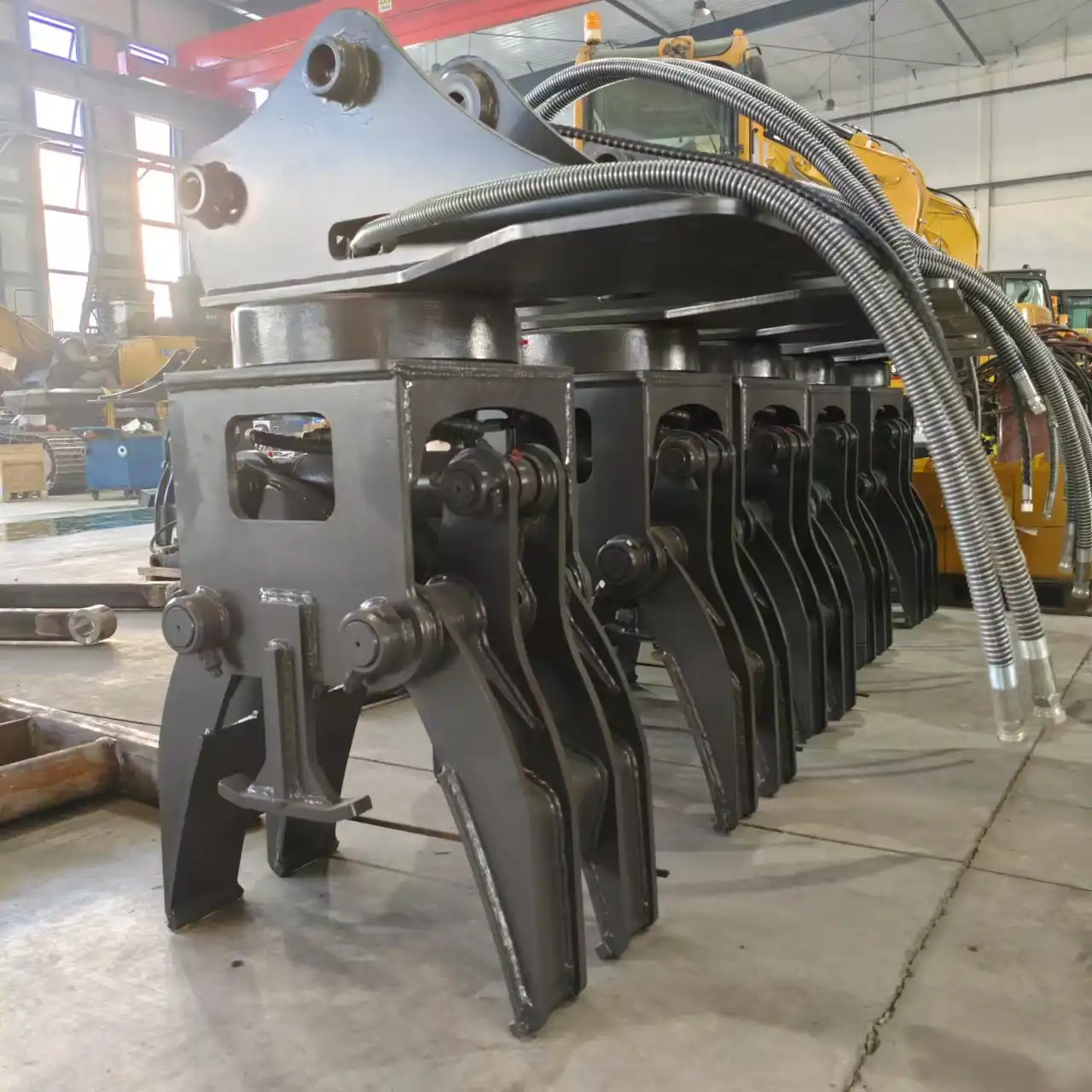
Global Significance of Standard Gauge
The 1435mm track gauge, internationally recognized as "standard gauge," represents the predominant railway standard worldwide. This measurement, originally established during early British railway development, now serves as the foundation for major railway networks across North America, Europe, China, and numerous other regions. The ubiquity of standard gauge makes compatibility with 1435mm systems a fundamental requirement for railway maintenance equipment manufacturers. Excavator sleeper clamp systems configured for 1435mm operations constitute the highest production volume segment within the railway maintenance equipment market, reflecting the extensive global deployment of this gauge standard. The operational parameters established for standard gauge maintenance procedures often serve as the baseline from which other gauge-specific adaptations are developed.
Technical Specifications for Standard Gauge Operations
Railway maintenance operations on 1435mm standard gauge tracks benefit from equipment optimized for the specific dimensional requirements of this gauge standard. The sleeper clamp systems deployed in these environments typically feature a nominal jaw opening capacity of 650mm, accommodating the standardized concrete and wooden sleepers commonly utilized with standard gauge tracks. The hydraulic systems incorporate pressure optimization for the specific mass characteristics of standard gauge components, typically ranging between 200-280kg for concrete sleepers. The rotation mechanisms achieve balanced performance considering the dimensional relationship between the excavator position and the 1435mm rail spacing, enabling precise positioning during replacement operations. These technical refinements ensure maximum operational efficiency during standard gauge maintenance activities.
Efficiency Metrics in Standard Gauge Applications
Standard gauge railway maintenance represents the benchmark for operational efficiency metrics in the railway industry. Contemporary excavator sleeper clamp systems achieve replacement rates averaging one sleeper every 30-60 seconds under optimal conditions on 1435mm track segments. This performance metric represents a substantial advancement compared to manual replacement methods, which typically require 15-20 minutes per sleeper. The economic impact of this efficiency translates directly to reduced track possession requirements, minimizing service disruption costs for railway operators. Maintenance contractors working primarily with standard gauge systems report equipment amortization periods averaging 12-18 months when transitioning from manual to mechanized sleeper replacement methodologies. These efficiency advantages have accelerated the adoption of specialized attachments across standard gauge networks globally.
1520mm Broad Gauge
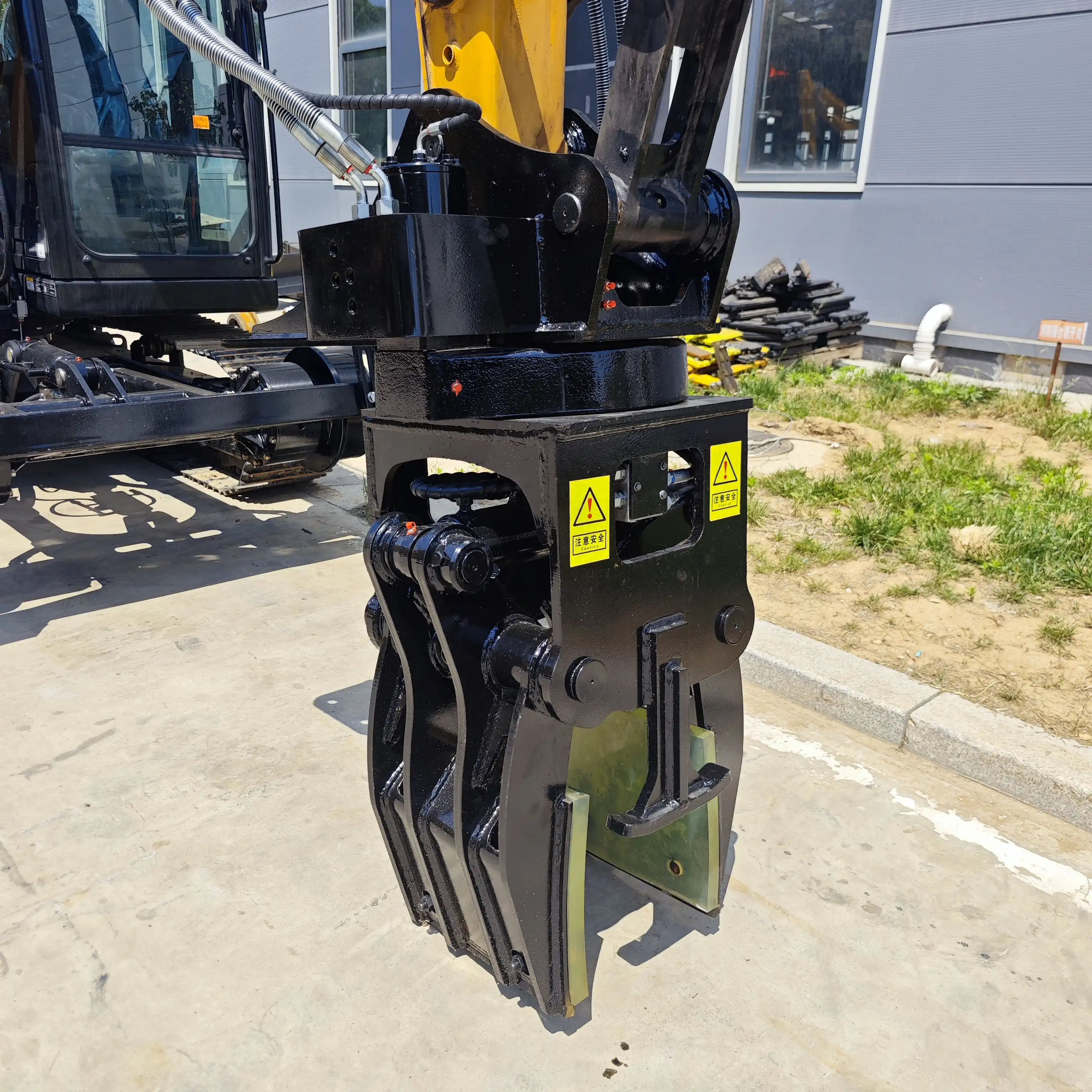
Regional Applications and Technical Requirements
The 1520mm gauge, commonly referred to as "Russian gauge" or "broad gauge," predominates throughout Russia, other former Soviet republics, Finland, and Mongolia, constituting one of the world's most extensive railway networks. This increased track width presents distinct engineering challenges for maintenance equipment design. The excavator sleeper clamp configurations adapted for 1520mm operations incorporate expanded jaw capacities and extended reach capabilities to accommodate the broader sleeper dimensions typically associated with this gauge standard. The hydraulic systems undergo recalibration to manage the increased mass characteristics common in broad gauge components, ensuring secure handling throughout extraction and placement procedures. These specialized design adaptations enable maintenance teams to maintain operational efficiency despite the dimensional variations between standard and broad gauge systems.
Cold Weather Performance Considerations
Railway networks utilizing 1520mm gauge frequently operate in regions characterized by extreme cold weather conditions, presenting additional engineering challenges for maintenance equipment. Excavator attachments deployed in these environments incorporate specialized hydraulic fluids with enhanced cold-temperature viscosity characteristics, maintaining operational performance in sub-zero conditions. The structural components feature cold-resistant metallurgical specifications that preserve material properties even at extremely low temperatures. Integrated heating systems for critical hydraulic components ensure consistent performance during extended winter maintenance operations. These cold-weather adaptations prove particularly valuable across the extensive 1520mm gauge networks spanning northern Russia, Kazakhstan, and Finland, where winter maintenance operations constitute a significant portion of annual track maintenance activities.
Interoperability Challenges and Solutions
Railway maintenance contractors operating across multiple gauge standards, particularly those servicing both 1435mm and 1520mm networks, face significant logistics and equipment management challenges. Modern excavator sleeper clamp systems address these challenges through innovative gauge-adjustment technologies. Quick-change mechanisms enable maintenance teams to reconfigure clamp spacing specifications with minimal downtime between operations on different gauge standards. Universal mounting systems ensure compatibility with diverse excavator models commonly deployed across various railway networks. Standardized operator interfaces maintain operational consistency regardless of the active gauge configuration. These interoperability features prove particularly valuable for maintenance contractors servicing cross-border railway connections between standard and broad gauge networks, such as those in Eastern Europe where gauge changes necessitate specialized maintenance approaches.
FAQ
①How quickly can maintenance teams switch an excavator sleeper clamp between different track gauges?
With modern quick-adjustment mechanisms, properly trained maintenance teams can reconfigure an excavator sleeper clamp between different track gauges in approximately 15-30 minutes, depending on the specific model and adjustment requirements.
②What excavator size is required for operating sleeper clamps on different gauge tracks?
Excavator sleeper clamps designed for railway maintenance typically require host machines in the 20-60 ton operating weight range, with specific size requirements potentially varying based on the track gauge and sleeper material being handled.
③Are specialized operator qualifications needed for sleeper clamp operations across multiple gauge standards?
While basic excavator operation skills are transferable, specialized training for multi-gauge sleeper replacement optimizes efficiency. Comprehensive training programs covering gauge-specific operational parameters are recommended for maintenance teams working across diverse railway standards.
④What maintenance interval is recommended for excavator sleeper clamps used across multiple gauge configurations?
Quarterly inspection and maintenance procedures are typically recommended for heavy-use scenarios, with particular attention to adjustment mechanisms and calibration systems when the equipment regularly transitions between different gauge configurations.
⑤Can one excavator sleeper clamp accommodate all four major track gauges (1000mm, 1067mm, 1435mm, and 1520mm)?
Yes, premium models like Tiannuo's TNHZJ75 incorporate universal adjustment systems that accommodate all four major track gauges, eliminating the need for separate specialized equipment for each standard.
About Tiannuo
The adaptability of modern sleeper clamps to diverse track gauges represents a significant advancement in railway maintenance technology, enabling maintenance contractors to optimize operational efficiency across varying railway standards. From the narrow-gauge applications of 1000mm and 1067mm systems to the globally predominant 1435mm standard gauge and the expansive 1520mm broad gauge networks, contemporary sleeper clamp technology accommodates the full spectrum of international railway standards. This versatility translates directly to enhanced economic performance for maintenance operations through reduced equipment inventory requirements, simplified logistics, and consistent operational methodologies regardless of gauge specifications. As railway infrastructure continues to serve as a critical transportation backbone globally, the ongoing evolution of maintenance technologies remains essential to ensuring network reliability, safety, and economic sustainability. For additional information regarding Tiannuo's gauge-adaptable excavator sleeper clamp solutions or to discuss specific railway maintenance requirements, please contact us at rich@stnd-machinery.com.
References
- International Railway Technical Standards Handbook, 12th Edition, Global Railway Association, 2023
- Modern Railway Maintenance Equipment Encyclopedia, Volume 3: Track Components, Railway Engineering Institute, 2024
- Hydraulic Attachments for Infrastructure Maintenance Applications, Heavy Equipment Technical Review Journal, Volume 18, 2023
- Comparative Analysis of Track Gauge Systems: Historical Development and Contemporary Applications, Journal of Transportation Engineering, Issue 45, 2024
- Railway Maintenance Equipment Selection Guide, Infrastructure Maintenance Quarterly, Special Edition, 2023
- Mechanized Track Maintenance: Efficiency Metrics and Economic Impact Assessment, International Journal of Railway Operations, Volume 29, 2024
About Author: Arm
Arm is a leading expert in the field of specialized construction and railway maintenance equipment, working at Tiannuo Company.

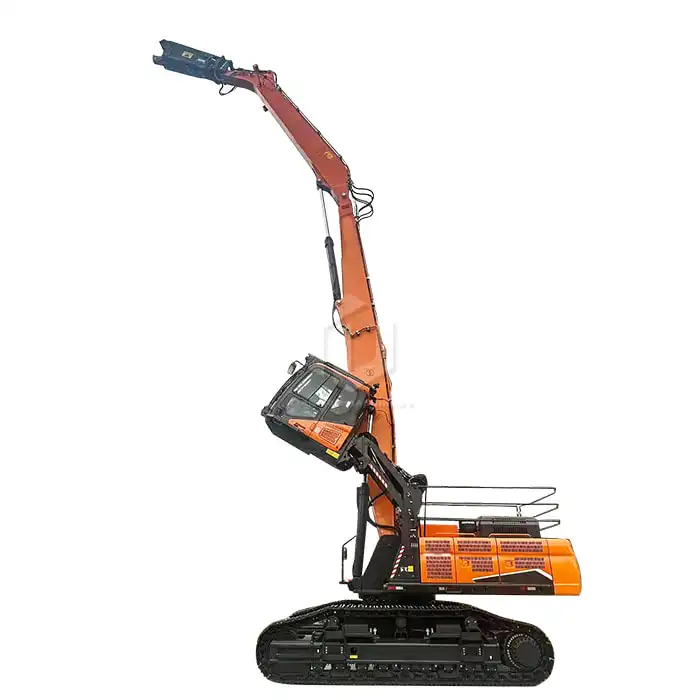
_1740558626327.webp)
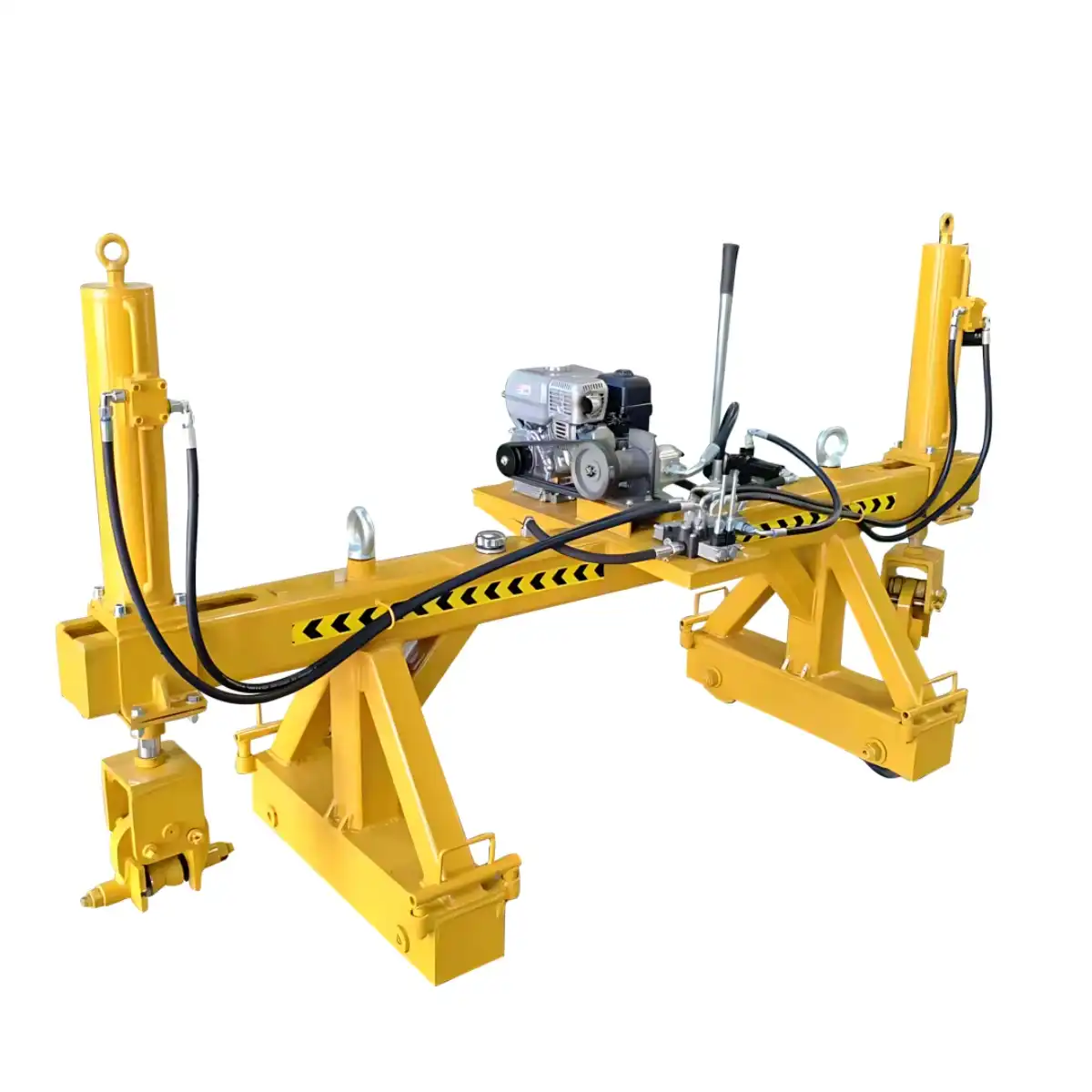
_1763714376197.webp)
